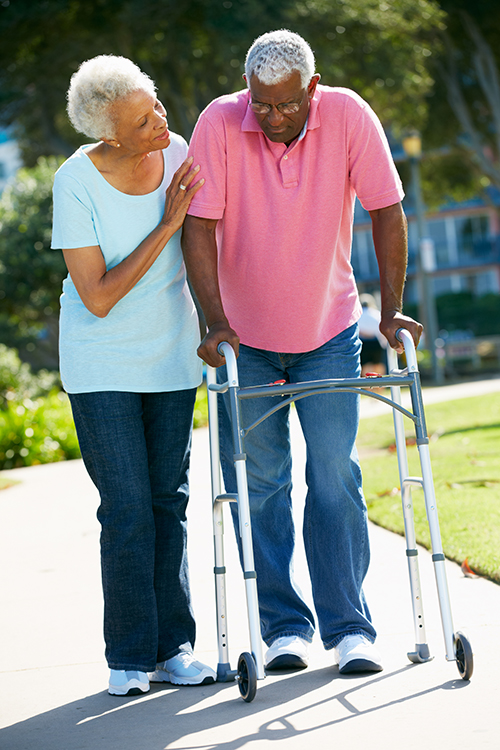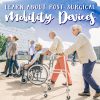It’s not unusual for individuals to need mobility devices after surgery. No matter your age, there are several reasons why mobility devices are needed, and there are a variety of options available to meet those needs. Ranging from crutches and braces, to wheelchairs, knee-rovers, and walkers, they each serve a purpose to continue your recovery process.
Crutches & Braces
Crutches have typically been used for mobility over the last several decades. However, it’s important to note that not everyone can use crutches. As these are typically used under the arms, not everyone has the upper body strength which might make this a tiring process and limit their actual usability. Because of this, crutches also come with a higher risk of reinjury. Braces can also serve a recovery purpose as they help support the injured area by immobilizing movement. After an injury, there is often instability in the affected area as muscles have weakened, therefore braces help accelerate the healing process and reduce further risk of reinjury. Braces are easy to fit, can be worn full time, are removeable and washable, and even adjustable.
Wheelchairs & Knee-Rovers
Wheelchairs can be helpful for those who have just had surgery on their back, hips, pelvis, legs or feet. Right after surgery, the body needs rest and time to gain strength, so many physicians and physical therapists recommend that individuals spend some time in a wheelchair before trying to walk again. Knee-rovers are one of the newest mobility devices to hit the market, combining the stability of a wheelchair with the flexibility of a pair of crutches. This scooter-looking device has three to four wheels, a low seat pad, and high handlebars. By placing your recovering leg onto the seat pad, isolating your injured foot, you are able to move around as the handlebars provide you with stability.

Walkers
Often, the recuperation stages after surgery involve transitioning from bed or a wheelchair to a walker. These devices have wheels and provide balance to older individuals and seniors as they relearn how to walk. Many seniors use walkers that also feature a basket for storing items like a purse and glasses, as well as a seat that can be lowered down so they can take a break while walking. It is comforting to know you can easily take a rest when necessary, no matter where you are!
Accessories
Mobility devices aren’t always the items that help you walk. There are some smaller tasks that individuals may have trouble with too. After hip surgery, for example, many people can’t quite reach their feet to fit them into shoes. If this is a concern for you, consider purchasing an extended shoe horn. This device is long enough for you to use to slip into your footwear without hardly bending over. An extended reacher, a long stick with a pair of tongs at the end, may also be useful for grabbing items. You might want to have extra railings installed in your home if you live alone. Placing these aids near the toilet, in the shower or tub and next to the bed can help you remain independent while staying safe.
If you found an error, highlight it and press Shift + Enter or click here to inform us.



